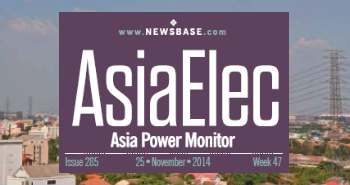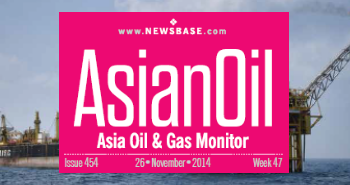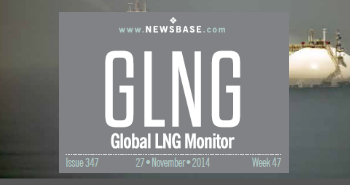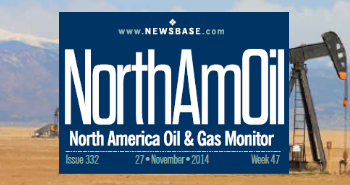Taiwan looks to cut US trade deficit with more LNG imports
_Cropped_Cropped.jpg)
As with most other US trading partners, Taiwan has been hit with an increase in tariffs by US President Donald Trump. To avoid those tariffs, Taiwan is proposing larger purchases of US LNG.
What? Taiwan is looking to increase its imports of LNG from the US
Why? The US has hit Taiwan with tariffs in an effort to correct the trade balance
What Next? The situation may lead to Taiwan joining the Alaska LNG project
Like many other US trading partners, Taiwan is asking itself what to do in order avoid being hit with tariffs of 32% on the products it exports to the US. President Donald Trump has compiled a file of somewhat arbitrary “reciprocal” tariffs for American trading partners in an effort to balance out the US’s huge trade deficit with the rest of the world.
Trump and his supporters believe that by imposing tariffs on countries the US can restore itself as a manufacturing centre reminiscent of times before globalisation. But tariffs on such countries as Vietnam, Cambodia and Bangladesh are not likely to do any good for the US or anybody else. Trump’s actions have within the last days wreaked havoc on international stock exchanges.
Since US “Independence Day” during which Trump disclosed the percentages of the tariffs that would be imposed, Taiwan has suggested that it might increase the volume of LNG and crude oil that it imports from the US. Last year, Taiwan’s state-owned CPC Corporation imported 10% of its LNG from the US, according to Taiwan’s Ministry of Economic Affairs. Now CPC is considering boosting US LNG imports to 30% of the total.
$200bn over the next decade
Economic Affairs Minister Kuo Juh-huei told Parliament last week that the government is considering a plan that would see Taiwan make purchases of around $200bn over the next decade by CPC and state-run companies. He said that figure did not include those that might be made by private companies.
In recent years Taiwan has imported most of its LNG from Australia, which amounts to 38% of total imports of 21mn tonnes. Qatar has been the second-largest supplier, followed by the US. Taiwan has in recent years imported LNG from 14 different countries.
Taiwan’s President William Lai said his country would also increase imports of other US goods, notably agricultural products and industrial goods. But it will also, through CPC, likely raise its purchases of US crude oil.
CPC usually imports low-sulphur (sweet) crude oil from the US and Africa, and it imports high-sulphur (sour) crude from the Middle East. Sweet crude is generally more expensive and Taiwan is reported to have been considering cutting back on imports of that kind due to its declining demand for gasoline and diesel, but the 32% tariff threat appears to have led it to reconsider. US crude has over the last three years accounted for 60% of Taiwan’s crude imports.
Possible partner in Alaska LNG
Economic Affairs Minister Kuo said last week that Taiwan is thinking of joining the $44bn Alaska LNG project, which proposes to transport natural gas produced on Alaska’s Arctic shore to an export terminal in southern Alaska through an environmentally controversial 1,300-km pipeline. The LNG would be shipped to markets in Asia, but the overall project could take six to seven years to complete.
CPC said last month that it had signed a letter of intent (LOI) with Alaska’s state-run Alaska Gasline Development Corporation (AGDC), covering investment in the project and the purchase of LNG. CPC’s action was reportedly taken with the intention of bolstering Taiwan’s gas supply and energy security. China claims Taiwan as part of its territory and has expressed it opposition to Taiwan joining the project. American support for the independent, democratically governed state of Taiwan is one of the main political issues between Beijing and Washington.
Alaska LNG is strongly supported by Trump, who has called for the US to increase its LNG exports in the global market. For some countries, like Taiwan, the prospect of reaching a tariff deal with the US might hinge on agreement to do so.
Taiwan is reported to be planning to increase its LNG imports due to the coming closure of its last nuclear power plant in May. Taking delivery of LNG from an Alaskan terminal would require a tanker voyage of only about 10 days. Current US LNG exports are made from the US east coast or the Gulf of Mexico and transit through the Panama Canal.
Alaskan officials are reported to be touring Asian countries, particularly Japan and South Korea, in an effort to persuade companies in those countries to join as shareholders in the project.





Follow us online